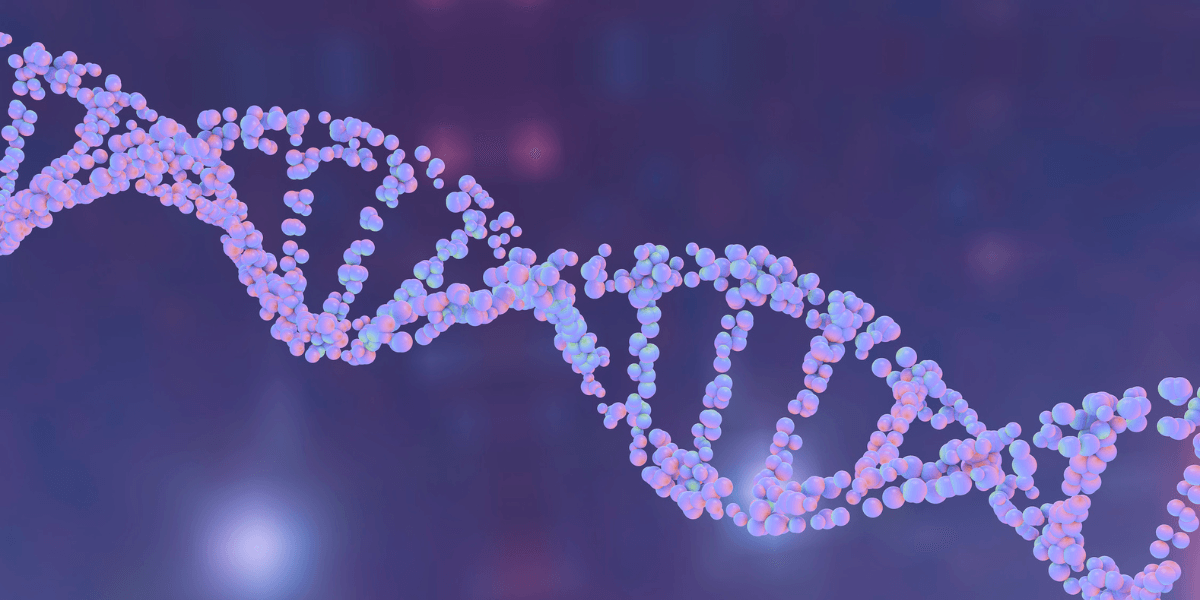PGmax™ tests
PGmax tests are comprehensive panels of more than 300 genes that are analyzed based on provided patient indications with only applicable variants being reported. These tests include exome-wide copy number variant (CNV) or genome-wide structural variant (SV)—depending on which platform you choose—for the robust testing you need.

Why PGmax tests
PGmax tests are smaller and more focused than whole exome sequencing (WES) or whole genome sequencing (WGS) tests but larger than the standard panel. Here’s why that matters.

Cost Effective
Lower price than WES and WGS

Quick Turnaround
Standard 3-week TAT for fast results**

Personalized Analysis
Clinical notes used for tailored, individual insights

Cost Effective
Lower price than WES and WGS

Quick Turnaround
Standard 3-week TAT for fast results**

Personalized Analysis
Clinical notes used for tailored, individual insights

Comprehensive Testing
“Hypothesis-free” PGmax tests can catch what a smaller panel might miss

Precise Interpretation
Real-time gene curation ensures relevant results, minimizing VUS reporting
Comprehensive genetic tests
Exome-based and genome-based platforms
All PGmax panels are available on our exome-based or genome-based sequencing platforms. Our exome-based tests cover all coding regions and at least 10 base pairs of the adjoining intronic spaces. Our genome-based test additionally covers intronic and intergenic regions.
Both sequencing platforms are able to detect copy number variants (CNVs) from the sequencing data, and our genome-based platform can detect the additional structural variants (SVs) of inversion and insertions. PGmax panels automatically include our exome-wide CNV or genome-wide SV analysis, which means that these structural changes will not only be detected in the genes on the panel, but across the entire genome.
Experienced support at every step
Our team of experts can help you explore testing options, place an order, ship a sample, and understand results.